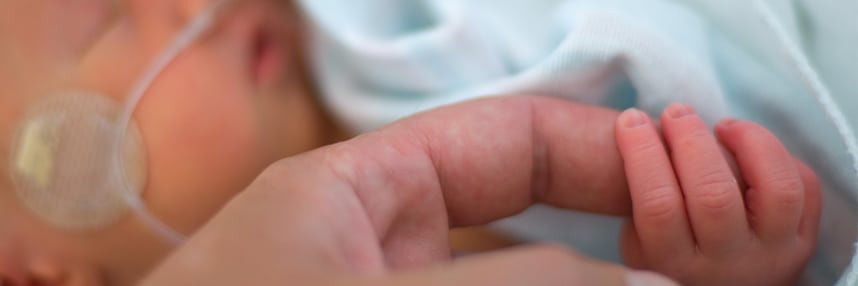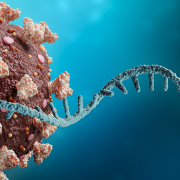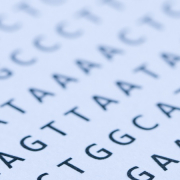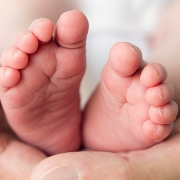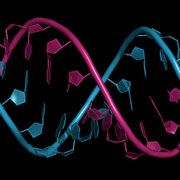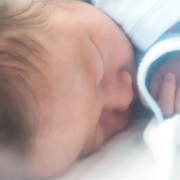NICE approves world-first MLD therapy
A gene therapy for a rare, fatal condition that affects young children is the first to offer hope to families affected by a whole class of disorders
In February 2022, the first gene therapy for metachromatic leukodystrophy (MLD) called atidarsagene autotemcel (Libmeldy) was approved by NICE.
The treatment is extremely complex and expensive, but could change or even save the lives of the small number of babies affected by the condition every year.
Lysosomal storage disorders
Lysosomes are membrane-bound bubbles found in cells that are filled with over 60 different enzymes that can break down many different biological molecules. As such, they are an important part of the cell’s waste disposal mechanisms, and even play a role in breaking down the cells themselves when they die.
Lysosome storage diseases result from problems in lysosome function, and usually occur when a when a person inherits two faulty copies of a gene that encodes one of these enzymes. People with only one affected copy can still make the enzyme and are usually unaffected, which means affected children are often born to parents who had no idea they were carriers.
There are at least 70 different lysosome storage conditions including Tay-Sachs, Gaucher, Fabre and Niemann-Pick disease. As a group, these conditions are usually multi-systemic, progressive and incurable.
About MLD
MLD is caused when a person lacks a working copy of the ARSA gene, which makes an enzyme called arylsulfatase-A, essential for breaking down molecules called sulphatides. Without the enzyme, sulphates build up in the that cells that wrap around and protect nerve cells, forming the myelin sheath.
When the myelin is damaged, unprotected nerves cells lose their ability to transmit messages, causing progressive deterioration, with affected children losing the ability to walk, talk, hear, see, and swallow, as well as cognitive decline and seizures.
Only about four babies are born with MLD every year in the UK, but it is estimated that one in every 5000–8000 babies is affected by a lysosome storage disorder.
A world-first gene therapy
The new treatment is effectively a blood stem-cell transplant where the patient is both the donor and recipient. Stem cells are taken from the patient’s blood or bone marrow, and they then receive chemotherapy to kill off the remaining bone marrow.
The extracted cells are treated with the gene therapy that introduces a working copy of the ARSA gene into the cells using a viral vector. The treated cells are then infused back into the patient where they re-establish the bone marrow, now producing cells that can make the arylsulfatase-A enzyme.
Because of the complexity of the treatment, only five centres in the world currently offer it, including the Royal Manchester Children’s Hospital in the UK.
The treatment cannot undo damage that has already occurred, and therefore is only suitable for use in children who have not yet displayed symptoms, or whose symptoms have not yet caused inability to walk or cognitive decline. The NHS has confirmed that it will be rolled out for children who meet these criteria.
Future testing
At the moment, because these conditions are rare and because no curative treatments have been available, children are not tested for them before symptoms begin unless there is a known family history.
The Newborn Genomes Programme being planned as a pilot scheme within the NHS, will be examining the potential of whole genome sequencing to detect genetic conditions where providing treatment early can improve outcomes.
–


